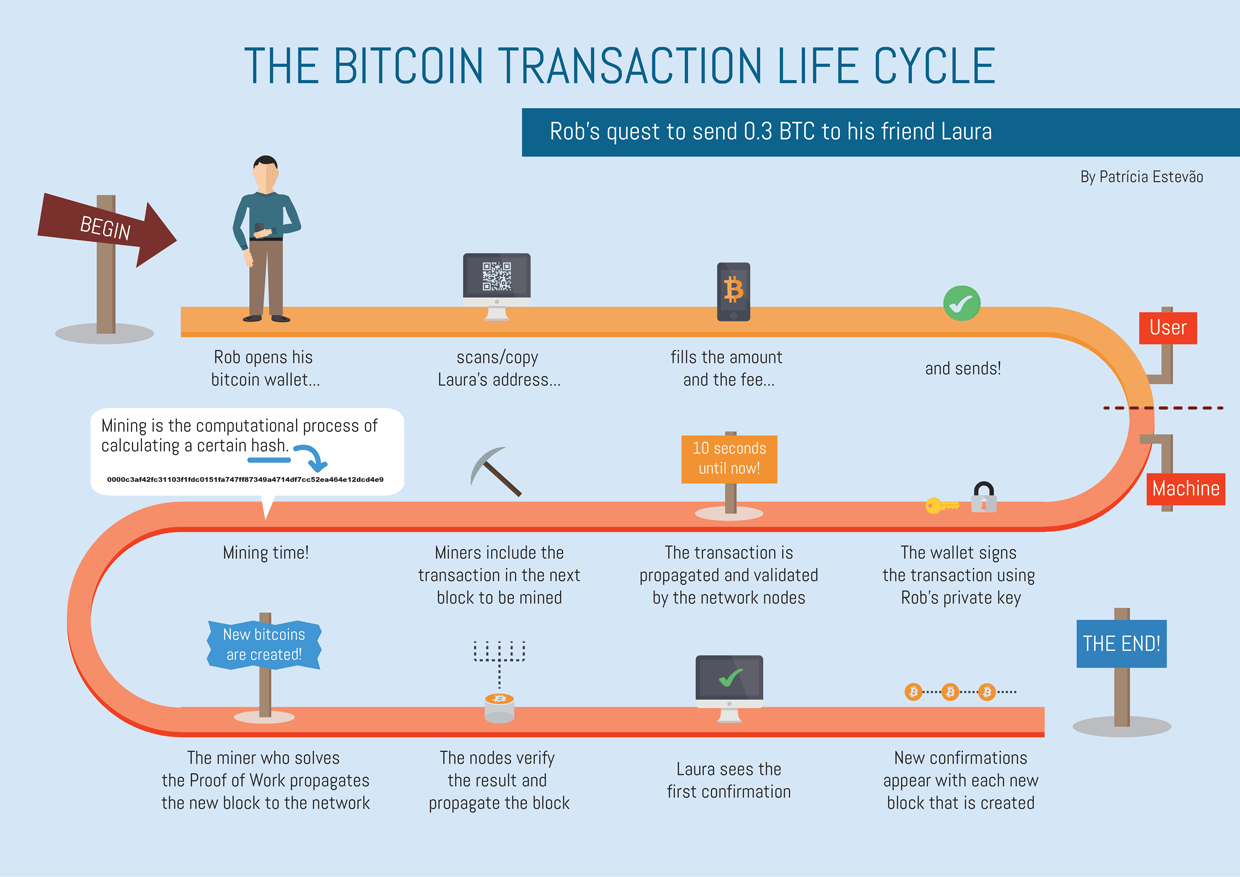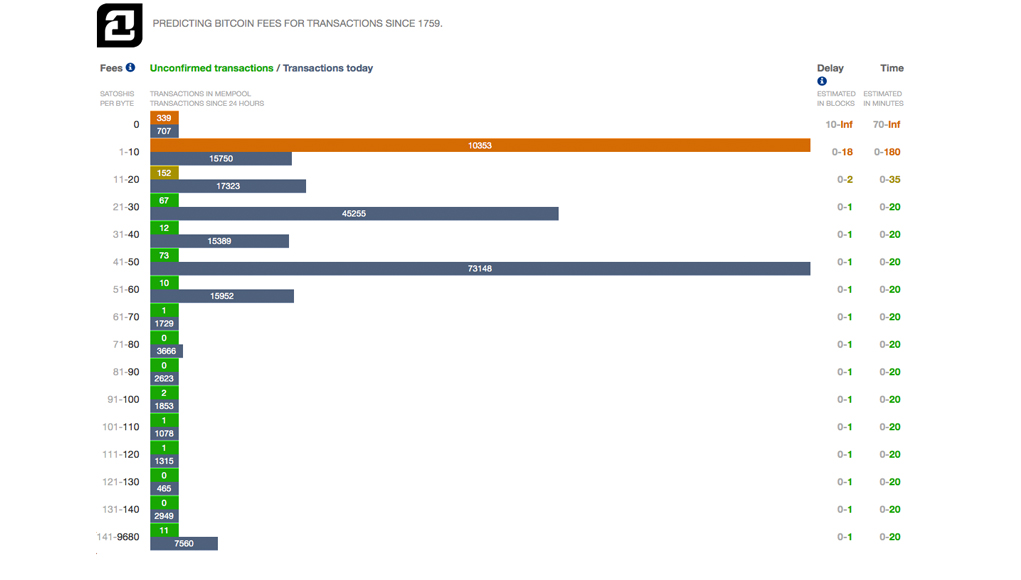Bitcoin mining fee prediction application introduced by 21

Views Read View source View history. This is one of two only known reductions in the total mined supply of Bitcoin. The sale of this land is what supports the miners even in a zero-inflation regime. In a fully decentralized monetary system, there is no central authority that regulates the monetary base.

Should this technical limitation be adjusted by increasing the size of the field, the total number will still only approach a maximum of 21 million. For an example of how difficult this would be, see Vanitygen. Then, in an act of sheer stupidity, a more recent miner who failed to implement RSK properly destroyed an entire block reward of

However, these values are based on the number of satoshi per block originally in integer format to prevent compounding error. This chart shows the number of bitcoins that will exist in the near future. In the United States, the Fed increases the monetary base by issuing currency, increasing the amount banks have on reserve or by a process called Quantitative Easing.

Finding a matching private key is, again, generally considered impossible. Then, in an act of sheer stupidity, a more recent miner who failed to implement RSK properly destroyed an entire block reward of This page was last edited on 13 Juneat Some of the other types below are not recognised as officially destroying Bitcoins; it is possible for example to spend the 1BitcoinEaterAddressDontSendf59kuE if a corresponding private key is used although this would imply that Bitcoin has been broken.

This page was last edited on 26 Aprilat In a fully decentralized monetary system, there is no central authority that regulates the monetary base. Price deflation encourages an increase in hoarding — hence savings — which in turn tends to lower interest rates and increase the incentive for entrepreneurs to invest in projects of longer term.

Some of the other types below are bitcoin mining fee prediction application introduced by 21 recognised as officially destroying Bitcoins; it is possible for example to spend the 1BitcoinEaterAddressDontSendf59kuE if a corresponding private key is used although this would imply that Bitcoin has been broken. As a result, profit ratios tend to stay the same and only their magnitudes change. Consequently, the time the last Bitcoin will be created will also vary, and is subject to speculation based on assumptions. Navigation menu Personal tools Create account Log in.

The total spendable supply is always lower than the theoretical total supply, and is subject to accidental loss, willful destruction, and technical peculiarities. For example, if you made a transaction to an address that requires a private key in order to spend those bitcoins further, had written that private key down on a piece of paper, but that piece of paper was lost. However, these values are based on the bitcoin mining fee prediction application introduced by 21 of satoshi per block originally in integer format to prevent compounding error. This effectively caused the previous block reward to become unspendable. Sister projects Essays Source.

Therefore it is possible for a miner to deliberately choose to underpay himself by any value: Price deflation encourages an increase in bitcoin mining fee prediction application introduced by 21 — hence savings — which in turn tends to lower interest rates and increase the incentive for entrepreneurs to invest in projects of longer term. Keynesian economists argue that deflation is bad for an economy because it incentivises individuals and businesses to save money rather than invest in businesses and create jobs. The Austrian school of thought counters this criticism, claiming that as deflation occurs in all stages of production, entrepreneurs who invest benefit from it.

The total number of bitcoins, as mentioned earlier, has an asymptote at 21 million, due to a side-effect of the data structure of the blockchain - specifically the integer storage type of the transaction outputthis exact value bitcoin mining fee prediction application introduced by 21 have been 20, However, these values are based on the number of satoshi per block originally in integer format to prevent compounding error. As a result, profit ratios tend to stay the same and only their magnitudes change.